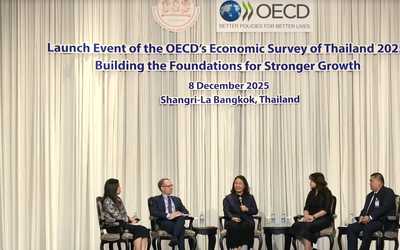International Correlation Asymmetries: Frequent-but-Small and Infrequent-but-Large Equity Returns
Abstract
We propose a novel regime-switching model to study correlation asymmetries in international equity markets. We decompose returns into frequent-but-small diffusion and infrequent-but-large jumps, and derive an estimation method for many countries. We find that correlations due to jumps, not diffusion, increase markedly in bad markets leading to correlation breaks during crises. Our model provides a better description of correlation asymmetries than GARCH, copula and stochastic volatilit ymodels. Good and bad regimes are persistent. Regime changes are detected rapidly and risk diversification allocations are improved. Asset allocation results in and out-of-sample are superior to other models including the strategy.









